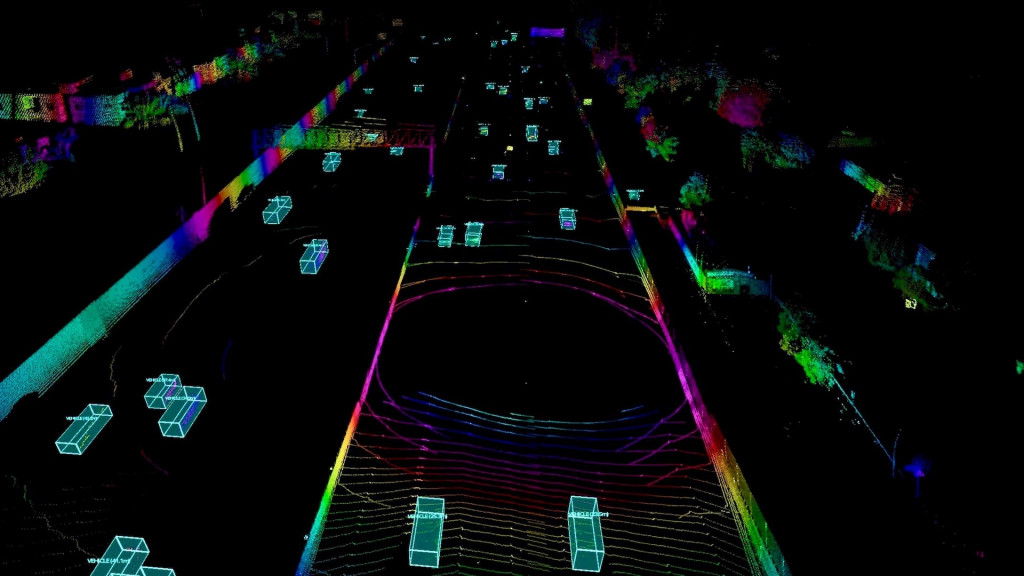

According to Wired, Lumimar says Iris is not affected by such conditions, which would be a major breakthrough in lidar technology, but does not say exactly how it conquered that problem.Īustin Russel, CEO of Luminar, tells Wired that lidar is a critical component for advanced self-driving cars because it sees as well at night at during the daytime and is able to identify pedestrians and bicyclists to pick out things like pedestrians and cyclists. Speaking of weather, one of Musk’s biggest objections to lidar is its inability to function well in fog, rain, snow, and other climatic conditions in which moisture in the atmosphere may refract light waves.

The Iris unit weighs about 2 pounds and draws about 15 amps of electricity. Luminar says it is “automotive grade,” suggesting it is rugged enough to endure years of real world driving including potholes, vibration, and weather extremes. The device costs just $500 and is about the size of a soda can, which means it can easily be mounted on the front bumper or in the grille of an automobile. This week, Luminar announced its third generation lidar unit, which it calls Iris. At the time, Uber was trying to reduce the cost of its self-driving cars by reducing the number of lidar units installed on its self-driving cars from 7 to 1. That may have been a contributing factor in the fatal accident in Tempe, Arizona when a pedestrian was run down by an Uber test car at night. The lidar equipment that exists is pricey - up to $75,000 per unit.


 0 kommentar(er)
0 kommentar(er)
